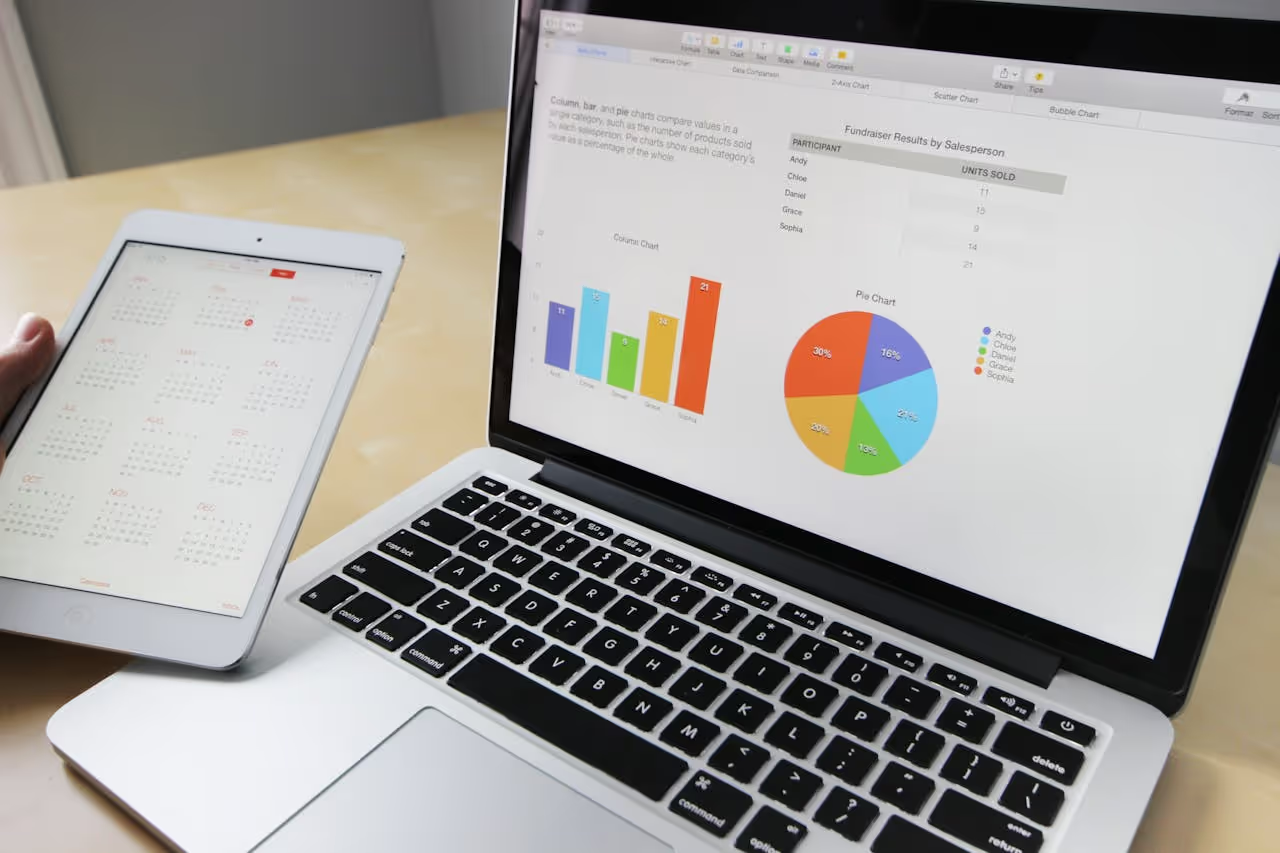As business leaders across industries realize the value of digitalization and pursue it, they must keep their eye on a critical aspect of functioning with a digital infrastructure: cybersecurity.
Cybercrime is on the rise. Over the last several years, an ever-growing cohort of criminals have taken to the internet to steal trillions of dollars from unsuspecting organizations. According to a study from RiskIQ, cybercriminals took $1,797,945 every minute in 2021, with industries like e-commerce and healthcare getting hit especially hard.
Cybercrime isn’t the only threat, however; accidental vulnerabilities created by employee negligence are actually the leading cause of data losses. A study by Tessian and the Ponemon Institute found that while most employee data breaches were due to not following company policies, 27% of incidents were intentional and malicious.
Yet, over 30% of companies have yet to respond properly to the threat of data vulnerability; even fewer are pursuing infrastructural and cybersecurity changes simultaneously.
According to a survey conducted by McKinsey, 41% of industry executives in 2021 (up from 30% the previous year) consider cyberthreats a challenge. Yet, while 62% of companies surveyed pursued cybersecurity measures, only 42% pursued improving cybersecurity and digitalizing their infrastructures at the same time.
Fortunately, Salesforce comes well-prepared to deal with the problem of data vulnerability. Salesforce solutions are outfitted with unique features that give organizations unprecedented control over data access, safeguards against common cyberattacks, and real-time event monitoring. In this blog, we’ll examine how the CRM’s built-in security features can help companies prevent —and respond agilely to — any event that threatens the safety of their data.
Salesforce provides businesses with visibility into how and when data is accessed
Salesforce solutions provide a multitude of benefits for organizations, from consolidating data hubs into a single source of truth to improving the customer experience and adding new capabilities to existing process structures. However, some digitalization-minded change leaders may overlook another crucial benefit such solutions provide: the ability to mitigate internal data risks.
Salesforce provides organizations with invaluable control over how their data is stored, accessed, and shared. All solutions feature built-in security features that allow leaders to limit access to sensitive information and protect against improper usage of company assets. With the base platform, leaders can:
- Authenticate users, ensuring that nobody outside the organization can access company assets.
- Control data access among groups, creating specific permissions for more sensitive information and allowing data to be shared as needed with different departments.
- Monitor asset usage and field history, ensuring that employees do not improperly use assets.
With these crucial features, organizations can prevent unwanted data access and any unintentional leaking of company assets. These improved visibility and management capabilities reduce the likelihood of outside threats pillaging company data, as cybercriminals can be cut off from vital information with real-time responses. However, the CRM is even better at preventing employee misuse – or theft – of data.
During a time of high turnover and the current remote working environment, employees have gotten more carefree with where data is stored. According to research from code42, 63% of employees use personal devices to access company resources, putting that data at risk of exposure. Some even take company assets with them when they quit, as 63% of former employees admitted to stealing company data upon departure.
As a result of the risks caused by turnover, when an employee quits, there’s a 1 in 3 chance their company will lose IP. Whether intentional or otherwise, employee mishandling of data is a significant concern: Salesforce gives executives the ability to mitigate the potential losses.
Salesforce provides a shield against cyberattacks, eliminating vulnerabilities in infrastructure
Of course, patching internal vulnerabilities isn’t the only thing Salesforce can do. The CRM also comes equipped with measures to prevent and respond to external threats. The tools provided to combat cybercrime and keep company assets secure are:
- Shield platform encryption preserves system functionality while allowing data to be encrypted at rest and in transit. This unique feature empowers companies to secure customer data and comply with external regulations, such as privacy policies, governmental regulations, or client obligations.
- Real-time event monitoring allows organizations to track who is accessing data, when, and how company agents and outsiders use that data. In addition to allowing the company to regulate data access internally, real-time event monitoring lets employees respond immediately to cyber threats, pinpointing what’s happening and where.
- Apex and Visualforce security measures ensure that when creating custom code, the software protects any vulnerabilities in that code from outside incursions.
Cyberattacks can happen at any time: and while employees may not be able to protect company systems from trojan horses, phishing attempts, or other common tactics, Salesforce allows for an immediate, effective response — always. The CRM solution empowers companies to respond agilely to incoming threats while keeping company data secure.
As cybercrime rises and vulnerabilities multiply, companies need to take a proactive approach and make sure they have an infrastructure that lets them function safely in this brave new world. If you want to learn more about how Salesforce’s platform can protect your data, contact us today to start a personalized journey with our consultants.












